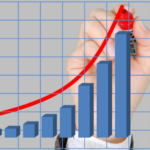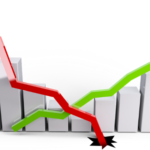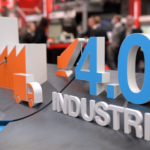The tools you need for efficient industrial management
5 must-have trends in the manufacturing industry for 2021
Top 6 trends in the food industry for 2021
How will the notion of the "smart factory" evolve in 2021?
The 5 key steps for a successful industrial digitalization
How to use machine learning to optimize your production
Criticality analysis: what is it and why is it important?
Factory of the Future - Open Data Sources for Industrial AI
Let's determine what we expect from Artificial Intelligence
Industry 4.0 - the new industrial revolution
Predictive maintenance: using IIoT and ML to prevent equipment failure
7 ways to diagnose industrial performance
The 12 best performance indicators to track operational excellence
Why is Six Sigma currently on a downward slope?
How are Lean Manufacturing and Industry 4.0 connected?
The foolproof guide to using MTTR, MTBF and MTTF
Industry 4.0 brings TPM into the digital age
Is the TRS / OEE a magic indicator?
Industrial management - history
Before the industrial revolution, people worked with hand tools, making items in their own homes or in small stores.
Thus, in the third quarter of the 18th century. steam was applied to machines; men and machines were brought together under one roof in factories, where the manufacturing process could be supervised. This was the beginning of warehouse management.
As a result, over the next hundred years, factories increased rapidly in size, degree of mechanization and complexity of operation.
With growth, however, came much waste and inefficiency. In the United States, many engineers; spurred on by the increased competition of the post-Civil War era; began looking for ways to improve factory efficiency.
Industrial management - Modern trends
Modern technological devices, especially in the fields of computer science; electronics; thermodynamics and mechanics; have made automatic and semi-automatic machines a reality. Thus, the development of such automation leads to a second industrial revolution and causes vast changes in trade as well as in the organization of work.
As a result, these technological changes and the need to improve productivity and product quality in traditional factory systems also changed industrial management practices. In the 1960s, Swedish car manufacturers discovered that they could improve productivity through a group assembly system. Unlike the old manufacturing techniques where one worker was responsible for assembling only one part of the car, group assembly gave a group of workers the responsibility of assembling an entire car.
As a result, in the 1980s and early 1990s, many American companies sought to increase their competitiveness by adapting Japanese methods to improve manufacturing quality.













